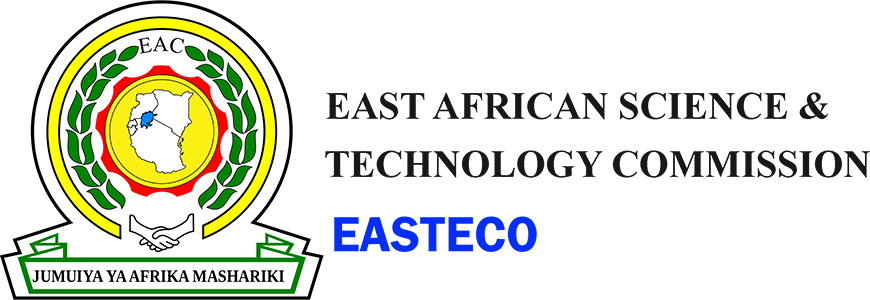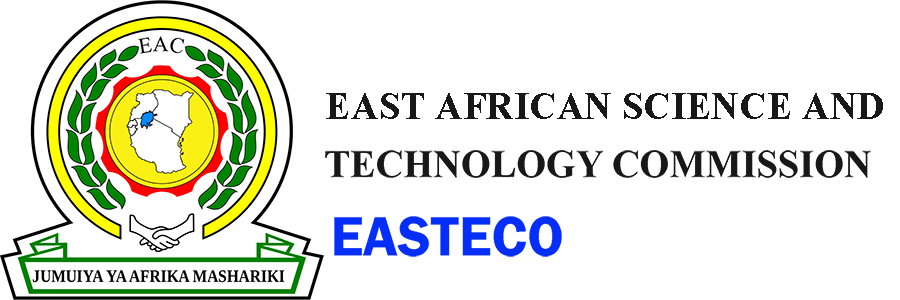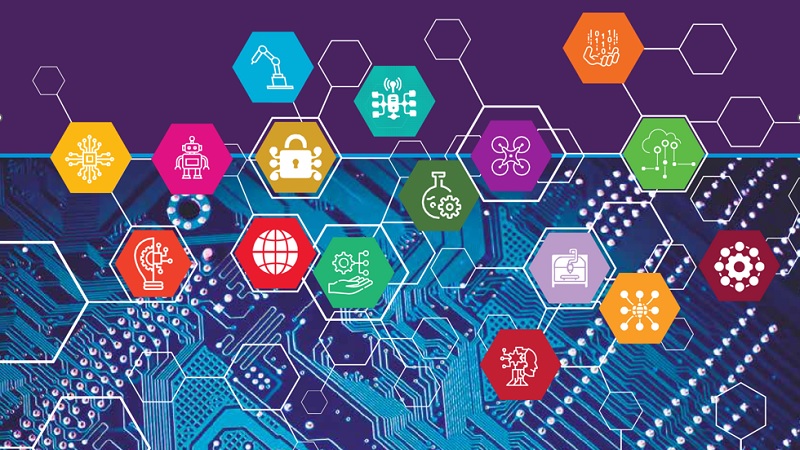The Treaty for the Establishment of the East African Community recognizes Science and Technology as a key driver for sustainable socio-economic development. The treaty provides for Partner States to promote and support cooperation in the development and application of science and technology within the Community, in Article 5, 12 and Article 103. In response to the provision of the Treaty, the EAC Summit established the East African Science and Technology Commission, (EASTECO), as a semi-autonomous institution of the East African Community mandated to promote and coordinate the development, management and application of Science and Technology in the Partner States. The Protocol establishing EASTECO defines the Commission as the main regional agency through which the EAC Partner States will develop and implement common Science and Technology policies, programs and projects, in priority areas that include human resources development, collaborative research, technology development and innovation. Support to STI is therefore aimed at generation of knowledge, technologies and innovations to ensure sustainable production of value-added goods and services and to enhance economic competitiveness of the region in accordance with the EAC Common Market Protocol of 2010 and the EAC Vision 2050.
Since its inauguration in 2015, EASTECO has made strides in pursuit of its goal, including development of EASTECO governance and management infrastructure. The Commission developed Strategic Plan 2017-2022; Established and staffed technical departments of Scientific Research and Development (SRD), Innovation, Technology Acquisition and Development (ITAD), and the Information Communication Technology (ICT). In addition, the commission has developed policies, Strategies, regulations, systems and processes, including regional STI Policy; Regional Intellectual Property Policy; Regional Bioeconomy Strategy; Regional Science, technology engineering and mathematics (STEM) Strategy among others. However, the commission is experiencing challenges in implementing programs and projects due to inadequate financial resources.
The EAC Common Market Protocol 2010 created the East African Research and Technological development Fund (EARTDF) to support science, technology and innovation (STI) in the region. The establishment of the fund is currently at advanced stages and is envisaged to be completed within 2022/2023 financial year. The fund is intended to centrally finance STI activities from a pool in which various agencies including Partner, States development partners and other stakeholders will contribute. Despite the ongoing development of the legal instruments of the fund, there is no structured plan on how the resources into the fund will be harnessed from contributors.
It is against this background and realization that EASTECO developed a structured mechanism for resource mobilization for sustainable implementation of its projects and programs for the benefit of the EAC. Resource mobilization refers to all activities involved in securing new and additional resources for an organization. Inherent in efforts to mobilize resources is the drive for organizational sustainability. It therefore also involves making better use of, and maximizing, existing resources. Institutional processes which are intended to mobilize resources form part of an organization’s overall functioning.














